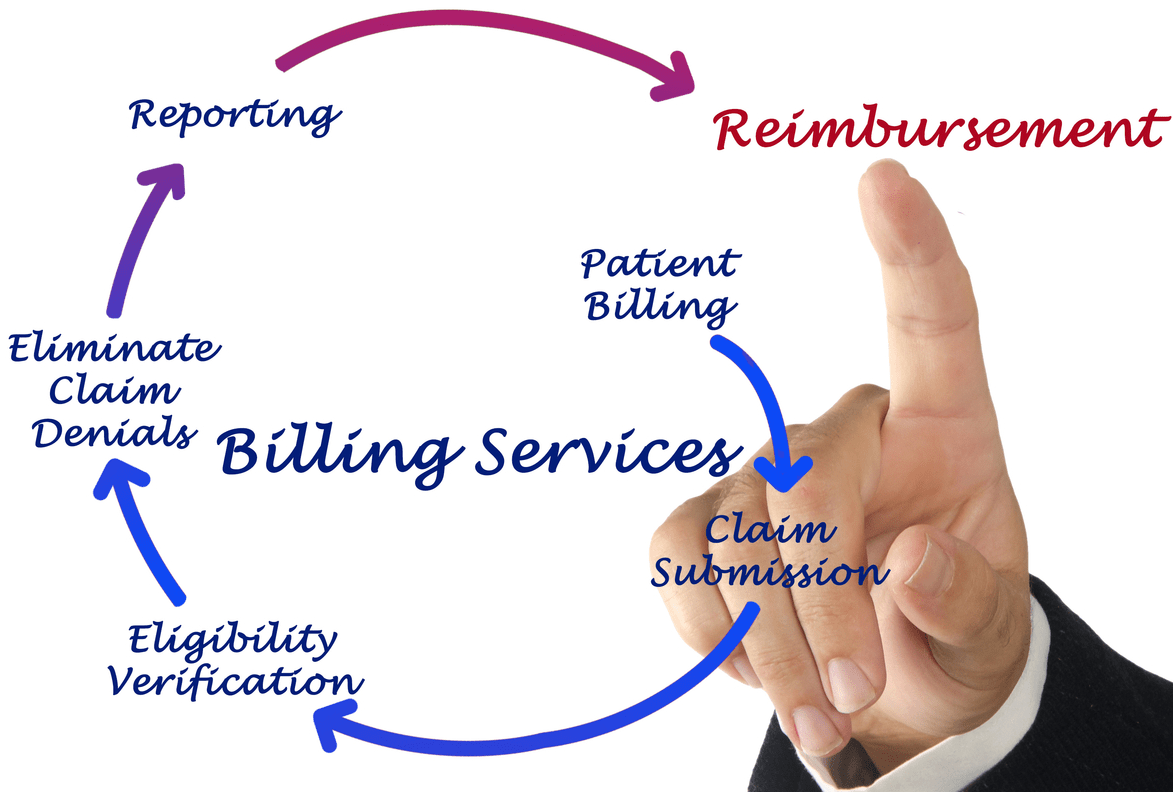Content Attributes
Hands up who has never had this problem? You are browsing the internet, you expect to view a website and instead of the error “The DNS server not responding” appears.
This is an error that can have various causes, some of which can be resolved in a moment, others that require a little more attention.
In this guide, I will help you solve the problem one step at a time.
Before solving the DNS problem, let’s better understand what this error message means, what DNS is, and what it has to do with our connection.
What does “DNS server not responding” mean?
The DNS, Domain Name Server, is a server that has the task of translating the IP address, formed by a series of numbers, into the domain name, and therefore it is necessary to connect us correctly to a website.
If something does not work in the connection between our browser and DNS, the message “The DNS server is not responding” will appear.
This type of malfunction can be caused by connection or cache problems. So let’s see how to solve them by excluding them.
If “The DNS server is not responding”, try using another browser
It sounds like trivial advice, but it is important to carry out this very simple test. Open the site you can’t reach using another browser. Try different, Chrome, Mozilla Firefox, Safari, Edge …
If the problem concerns only a browser, it means that its configuration is incorrect. The solution could be to simply uninstall and reinstall the program.
However, I advise you to download the updated version of the browser directly from the official website, so as not to risk installing old versions that may not work properly.
If “The DNS server is not responding”, try another device
If all the browsers on your device have the same problem, try using a different device. Use another computer or smartphone connected to the same network.
If you can reach the site this way, then the problem is on the computer.
If, however, you still have the same problem, try to connect via an ethernet cable instead of via WiFi, to make sure that the problem does not depend on the wireless connection.
Solve the problem “The DNS server is not responding”: correctly configure the network connection
If you have done the previous tests, but the error remains, the problem can therefore be:
- An incorrect configuration of the network connection
- An incorrect configuration of the website
Let’s start with the first one.
Restart modem and router
Turn off the modem and router and disconnect them from the power cord. Wait 30 seconds and then plug them in and restart both.
As soon as they are realigned, check if the error “the DNS server is not responding” is still present. If you still have problems, continue with the next tests.
Disable firewall or antivirus
It is possible that a firewall is blocking access to a site, or that your antivirus is set too restrictively. You still have more than one antivirus installed on your PC and are now in conflict, preventing you from viewing certain web pages.
Start your PC in “safe mode with networking“. You will need to repeatedly press the F8 key on your keyboard immediately after the power button. Until the boot settings screen appears. Select “Enable Safe Mode with Networking“.
When the computer is ready, open your browser and navigate to the site that had the problem. If you can now view it, you will have to reconfigure the firewall or antivirus.
Reboot your computer to return to normal mode, and turn off the firewall first, then the antivirus, to see if either one is causing the problem of the unresponsive DNS server.
Clear the DNS cache
Open the command prompt window with Administrator privileges. Do this: go to Start and type Command Prompt, then right-click on the result and choose Run as administrator.
In the screen that will open, type:
ipconfig /flushdns
Then hit enter. This operation allows you to empty the DNS cache, that is, to eliminate from the cache the stored DNS which may no longer be correct.
Did you solve the problem? If you still have difficulties, try the next solutions too.
Set up DNS manually
This solution allows you to enter DNS codes directly, without being detected automatically.
Open the Windows Run window by pressing the Windows + R keys simultaneously. In this window, type:
ncpa.cpl
Find your connection and press the right button, then select Properties. Search the Internet Protocol version 4 (TCP / Ipv4) list, click on it to select it, and go to the Properties button.
Here you can choose whether to use automatic IP and DNS or enter them manually. Then select ” Use the following DNS server addresses “:
- Preferred DNS server: 8.8.8.8
- Alternative DNS server: 8.8.4.4
If you have a new generation modem, you may also find the entry Internet Protocol version 6 (TCP / Ipv6). In this case, enter
- Preferred DNS server: 2001: 4860: 4860: 0: 0: 0: 0: 8888
- Alternative DNS server: 2001: 4860: 4860: 0: 0: 0: 0: 8844
These are Google’s DNS and are useful because they allow you to bypass the blocks that may have been set by your internet service provider. Many times, the cause of the problem “The DNS server is not responding” is precisely a complaint imposed by the provider.
Whether the problem “The DNS server is not responding” depends on the site
Still not able to solve the problem? Maybe there is something wrong with the website. Access the Down.com tool. It is a test that allows you to find out if the website actually has problems for everyone, or if you are unable to access it due to a problem in your network.
If the site is down, you can only wait for the webmasters to notice the problem and intervene as soon as possible to solve it.
Configure the DNS of your website
Is the down site your site ?? Then run immediately to remedy!
Contact your hosting now and check with them what kind of problem has arisen.
If you have a high-quality hosting service, your problem will surely be solved in a few moments.
Most likely, this is a problem with the association of the domain with the site. For example, if the site has been moved recently, but you have decided to keep the domain at a service other than hosting, then you will have to set up the DNS to make sure that the domain correctly points to the site.
Log in to your hosting and find the DNS of your site. These are two values that begin with ns1 and ns2. Copy and save them.
Now enter the administration panel of your domain. You will find a section to enter the DNS. Paste those of your hosting in place of the existing ones.
If you use SiteGround, here’s exactly how you’ll need to do it.
- Log in to your User Area and go to Hosting;
- Enter the cPanel or, if you are a new user, in the Site Tools area ;
- You will find a section called Name Servers;
- Here you find the values ns1 and ns2: copy them;
- Access now the service from which you manage your domain;
- Paste the values ns1 and ns2 in place of those present.
- The problem should be resolved within 48 hours.
Conclusion
The problem of the unresponsive DNS server can be quite annoying, but if you follow our steps one by one, sooner or later you will find the solution to the problem. If the problem depends on your network, but you cannot solve it with our advice, contact your internet service provider.
How did you manage to solve the problem of the unresponsive DNS server?
Let us know in the comments!



